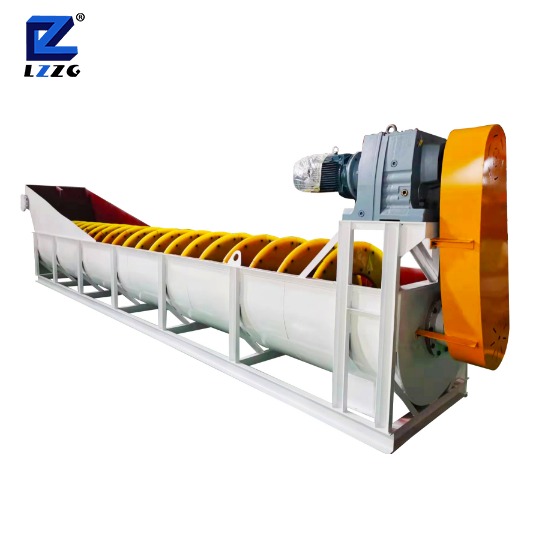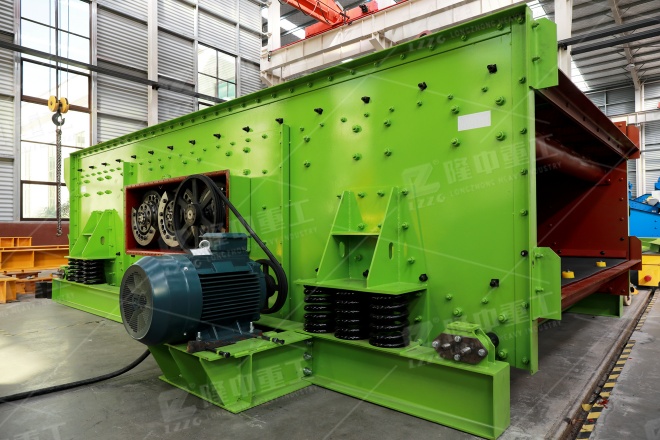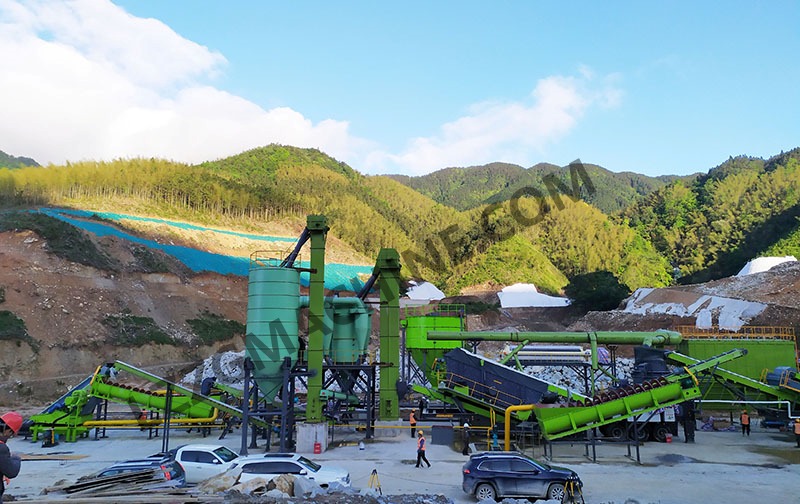The difference between quartz and mica
 September.26,2023
September.26,2023
Mica and quartz are common minerals that play an important role in mineralogy. Although they are both silicate minerals, there are clear differences between them.
First, mica and quartz are very different in appearance. One of its distinguishing features is that mica exhibits a layered structure that can be easily peeled off into thin flakes. Quartz, on the other hand, is a uniform crystal with no layered structure. Additionally, mica is usually dark in color, such as black, brown, or green, while quartz is usually clear or white.
Secondly, mica and quartz also differ in their physical and chemical properties. The hardness of mica is usually between 2.5 and 4, which is relatively easy to be scratched; while the hardness of quartz is very high, 7, which is a very hard mineral. In addition, mica has good refractive properties and electrical properties, while quartz is an excellent piezoelectric material.
Finally, mica and quartz have different geological distributions and uses. Mica is mainly found in metamorphic and igneous rocks and is commonly used in the manufacture of electrical appliances, building materials and ceramics. Quartz is widely distributed in sedimentary and volcanic rocks and is often used in the manufacture of glass, optical instruments and computer chips.
In summary, there are clear differences between mica and quartz in appearance, physical and chemical properties, and geological uses. By gaining a deeper understanding of these differences, we can better understand these two minerals and improve their knowledge and application value.
How to remove mica from quartz sand
Magnetic separation is mainly used to remove magnetic mineral deposits in silica sand. For example, weak magnetic mineral deposits such as hematite, limonite, and biotite can be removed through a strong magnetic machine. Strong magnetic mineral deposits such as magnetite can be removed through weak magnetic separation. Remove the machine. Flotation is used to remove feldspar, mica and other impurities in silica sand that cannot be removed by magnetic separation, further improving its purity.





